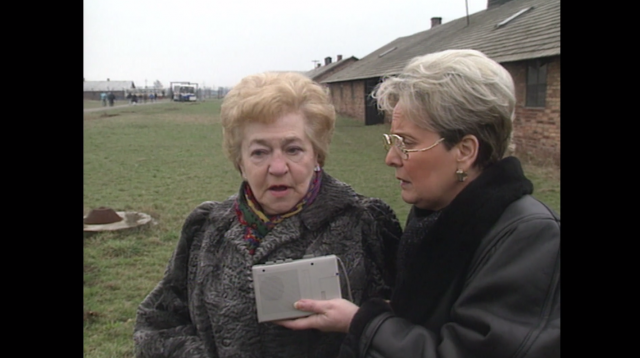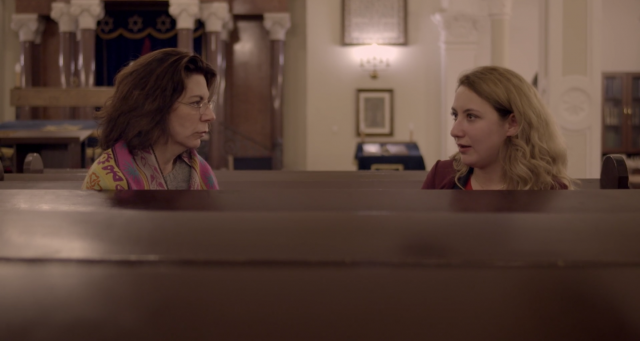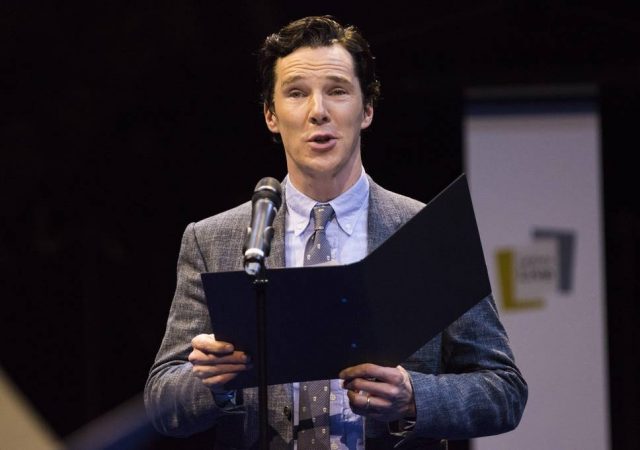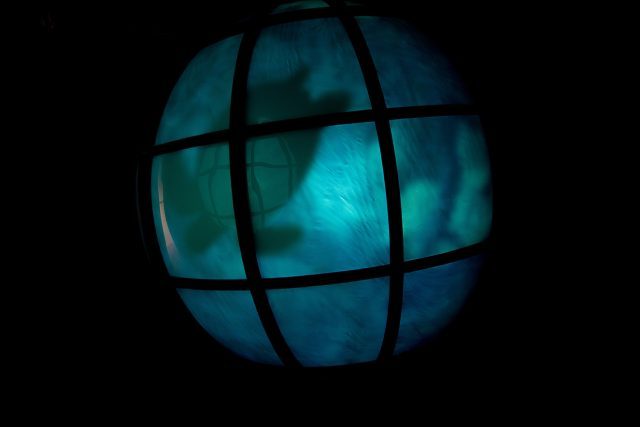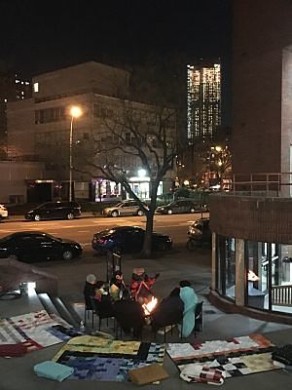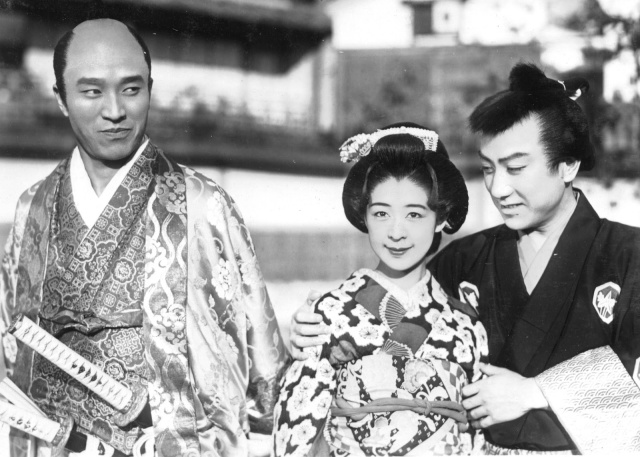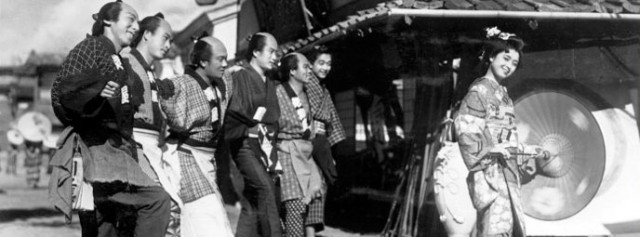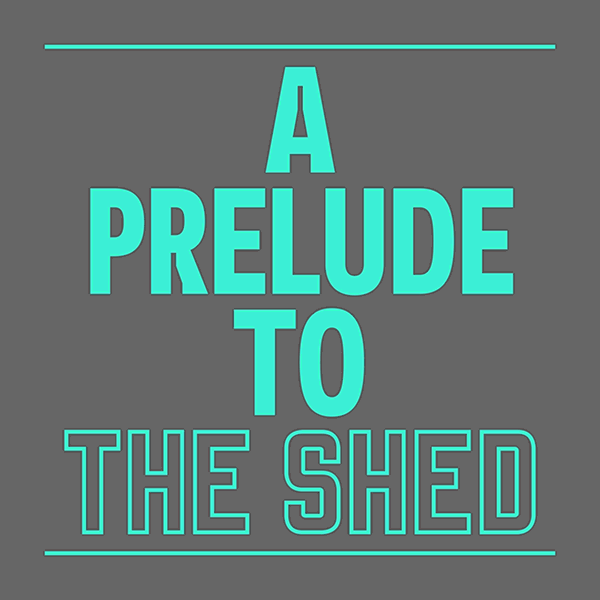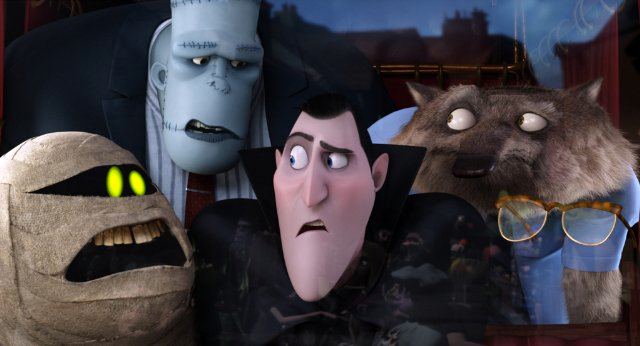
Tribeca Film Festival will host a special free presentation of Hotel Transylvania with a dance party, costume parade, trivia contest, and more
Tribeca Film Festival
Multiple Venues
April 18-29
www.tribecafilm.com/festival
As you scout around the Tribeca Film Festival guide and schedule, you might notice that a lot of the events are not exactly cheap, with most screenings running between twenty-five and forty-five bucks and some special presentations costing several hundred dollars. But there are a bunch of free programs as well, including film screenings, master classes, and gaming, particularly on April 27, which is free Friday. Make sure to check whether advance registration is necessary or it’s first come, first served.
Friday, April 20
Tribeca Talks: Master Class — Sound & Music Design for Film, moderated by Glenn Kiser, SVA Theater 2 Beatrice, 4:00
Sunday, April 22
Special Screenings: Hotel Transylvania (Genndy Tartakovsky, 2012), with a dance parade, costume parade, trivia contest, character meet-and-greets, Manhattan Youth performance, and more, BMCC Tribeca PAC, 9:00 am
Tuesday, April 24
Tribeca Talks: Master Class — BAO Animation Workshop, SVA Theater 2 Beatrice, free, 3:00
Tribeca Talks — 30 for 30 Podcast: Bikram, discussion with reporter and producer Julia Lowrie Henderson and host and editor Jody Avirgan, Cinépolis Chelsea 4, 7:15
Friday, April 27
Shorts: Animated Shorts Curated by Whoopi G, Cinépolis Chelsea 2, 3:45
Tribeca Games: A Special Preview of Shadow of the Tomb Raider, BMCC Tribeca PAC, 4:00
Phantom Cowboys (Daniel Patrick Carbone, 2018), Cinépolis Chelsea 6, 5:00
After the Screening: Little Women (Vanessa Caswill, 2017), followed by a conversation with executive producers Colin Callender and Rebecca Eaton, cast member Maya Hawke, and dramatist Heidi Thomas, SVA Theater 1 Silas, 5:00
Crossroads (Ron Yassen, 2018), Cinépolis Chelsea 1, 5:15
Say Her Name: The Life and Death of Sandra Bland (Kate Davis & David Heilbroner, 2018), Cinépolis Chelsea 3, 5:30
O.G. (Madeleine Sackler, 2018), Regal Cinemas Battery Park 11-3, 5:45
Ryuichi Sakamoto: Coda (Stephen Nomura Schible, 2017), Regal Cinemas Battery Park 11-10, 6:00
Tribeca Games — Reimagining God of War: The Inside Story, BMCC Tribeca PAC, 6:00
Diane (Kent Jones, 2018), Cinépolis Chelsea 7, 6:00
Tribeca TV: The Last Defense, conversation with executive producers Viola Davis and Julius Tennon, SVA Theater 2 Beatrice, 6:00
Momentum Generation (Jeff Zimbalist & Michael Zimbalist, 2018), Regal Cinemas Battery Park 11-5, 6:30
Shorts — NY Shorts: Homemade, Cinépolis Chelsea 8, 6:30
Shorts: Magic Act, Cinépolis Chelsea 2, 6:45

Tribeca Film Festival will go inside the making of Little Women
Shorts: Make or Break, Cinépolis Chelsea 9, 7:00
Special Screenings: Netizens (Cynthia Lowen, 2018), Cinépolis Chelsea 4, 7:30
Special Screenings: Radium Girls (Ginny Mohler & Lydia Dean Pilcher, 2018), SVA Theater 1 Silas, 8:00
Tanzania Transit (Jeroen van Velzen, 2018), Regal Cinemas Battery Park 11-9, 8:00
Time for Ilhan (Norah Shapiro, 2018), Regal Cinemas Battery Park 11-6, 8:15
Special Screenings: The Girl and the Picture (Vanessa Roth, 2018), Cinépolis Chelsea 3, 8:30
The Elephant and the Butterfly (Amélie van Elmbt & Amelie van Elmbt, 2017), Regal Cinemas Battery Park 11-4, 8:30
It’s a Hard Truth Ain’t It (Madeleine Sackler, 2018), Regal Cinemas Battery Park 11-3, 8:45
The Serengeti Rules (Nicolas Brown, 2018), Cinépolis Chelsea 7, 9:00
Nico, 1988 (Susanna Nicchiarelli, 2017), Regal Cinemas Battery Park 11-10, 9:00
Mapplethorpe (Ondi Timoner, 2018), Regal Cinemas Battery Park 11-5, 9:30
The Night Eats the World (Dominique Rocher, 2018), Cinépolis Chelsea 8, 9:30
Shorts: Into the Void, Cinépolis Chelsea 2, 9:45
Shorts: Loose Ends, Cinépolis Chelsea 9, 10:00
Saturday, April 28
Tribeca Film Institute: Tribeca Teaches Showcase, BMCC Tribeca PAC, 10:00 am
Tribeca Talks: Master Class — Show Runners and Writing for TV, with Robert and Michelle King, Steve Bodow, and Jennifer Flanz, SVA Theater 2 Beatrice, 2:00
Tribeca Campus Docs: Campus Movie Fest, Regal Cinemas Battery Park 11-9, 3:00
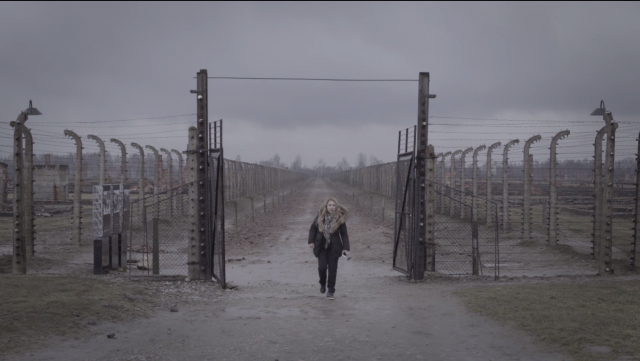
 According to a disturbing new survey published this week by the Conference on Jewish Material Claims Against Germany and conducted by Schoen Consulting, twenty-two percent of millennials have never heard of the Holocaust, while fifty-eight percent of Americans believe that “something like the Holocaust could happen again.” The report was released just in time for Yom Hashoah, Holocaust Remembrance Day. At least one millennial is doing something about that. On April 13, Serena Dykman’s extraordinary documentary, Nana, opens at Cinema Village, where the twenty-five-year-old first-time full-length feature director will participate in Q&As following the 7:00 screenings on Friday and Saturday. When she was a child, Serena had heard such words as “Holocaust,” “Auschwitz,” and “Mengele” but didn’t know exactly what they meant, though she knew they had something to do with her grandmother, Maryla Michalowski-Dyamant, whom she called Nana and who died when Serena was eleven. A decade later, after being in Brussels during the attack on the Jewish Museum and in Paris during the Charlie Hebdo massacre, Serena decided it was time to read the book she had been carrying around with her for two years but had been reluctant to open: her grandmother’s memoir. She then finally understood what all those words meant, and the impact they continue to have on her and her mother, Alice Michalowski, Maryla’s daughter.
According to a disturbing new survey published this week by the Conference on Jewish Material Claims Against Germany and conducted by Schoen Consulting, twenty-two percent of millennials have never heard of the Holocaust, while fifty-eight percent of Americans believe that “something like the Holocaust could happen again.” The report was released just in time for Yom Hashoah, Holocaust Remembrance Day. At least one millennial is doing something about that. On April 13, Serena Dykman’s extraordinary documentary, Nana, opens at Cinema Village, where the twenty-five-year-old first-time full-length feature director will participate in Q&As following the 7:00 screenings on Friday and Saturday. When she was a child, Serena had heard such words as “Holocaust,” “Auschwitz,” and “Mengele” but didn’t know exactly what they meant, though she knew they had something to do with her grandmother, Maryla Michalowski-Dyamant, whom she called Nana and who died when Serena was eleven. A decade later, after being in Brussels during the attack on the Jewish Museum and in Paris during the Charlie Hebdo massacre, Serena decided it was time to read the book she had been carrying around with her for two years but had been reluctant to open: her grandmother’s memoir. She then finally understood what all those words meant, and the impact they continue to have on her and her mother, Alice Michalowski, Maryla’s daughter.